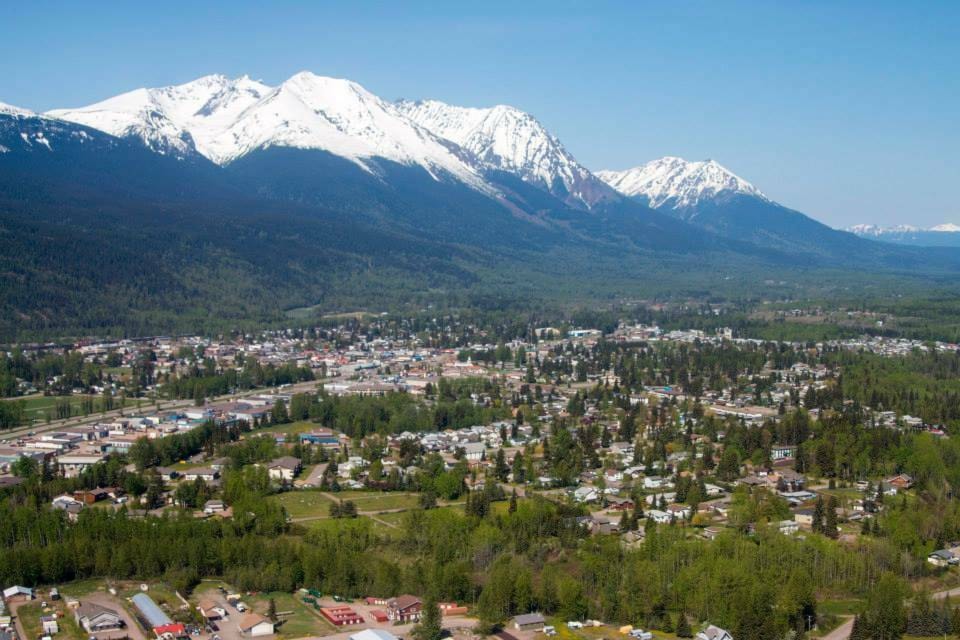The population of the Town of Smithers declined ever so slightly between 2016 and 2021 according to the first data release by Census Canada from last year’s census.
Census takers counted 5,378 people in the town in 2021 compared with 5,401 five years earlier, a reduction of 0.4 per cent.
Other statistics reported in the release Feb. 9 titled Population and Dwelling indicated there are 2,411 private dwellings, 2,313 of which are occupied by “usual residents,” meaning a person or group of persons who are permanent residents.
With a total geographic area of 15.26 square kilometres, Smithers’ population density is 352.4 people per square kilometre.
While the town proper experienced minor change, the surrounding area, identified in the census release as Bulkley Nechako A showed a significant increase in population of 6.3 per cent.
In the 3,674 square kilometre rural area 5,587 people were counted in 2021 compared to 5,256 in 2016’s census.
The fastest-growing population in the area, though, was the Village of Telkwa, which added 147 people to its population, an increase of 11.1 per cent.
Telkwa’s population stood at 1,474 as of 2021.
New Hazelton also saw some growth climbing to 602 people from 580.
Meanwhile, the Village of Hazelton saw a drastic reduction in its number of residents, declining 17.9 per cent from 313 to 257.
Elsewhere in the Northwest, population of the City of Terrace grew by close to 400 people.
Since the 2016 Census, the population has grown from 11,643 to 12,017, an increase of 3.2 per cent.
The Terrace population centre, which includes the unincorporated settlement of Thornhill and residents along Queensway Dr., had a 2021 population of 14,633, up from 14,327 in 2016. That figure does not include Kitselas, Kitsumkalum or areas north of Eby St. and Orde Rd.
Kitimat’s population rose by 1.3 per cent to 8,236, and Prince Rupert saw a very slight increase of 80 new residents to hit 12,300 people in 2021.
As a whole. the population of British Columbia has grown by 7.6 per cent since 2016 to 5,000,879 people, up from 4,648,055 in 2016.
Canada’s overall population grew 5.2 per cent to 36,991,981. B.C.’s population growth was beaten only the Yukon, which grew by 12.1 per cent, and Prince Edward Island, which grew by eight per cent. B.C. remains the third largest province in Canada.
According to Statistics Canada, the country remains the fastest growing in the G7, at nearly twice the rate of the organization. The main driver of population growth, the agency noted, was immigration, not fertility. Immigrants account for around 80 per cent of new people in Canada between 2016 and 2021.
The agency noted that the population grew fastest in 2019 and slowed to its lowest rate in 2020 as the pandemic hit, closing Canada’s borders.
Statistics Canada said some of that slowdown might be pandemic-induced. The agency points to one of its studies done late last year that suggested adults under 50 wanted to have fewer children than previously planned.
At this point, the agency said, Canada’s isn’t headed to a situation where deaths outnumber births like in Italy and Japan, at least within the next 50 years.
The details released Feb. 9 are the first set of findings from last year’s census taken against the backdrop of the COVID-19 pandemic.
The release also notes that the Maritimes grew faster than the Prairies for the first time since the 1940s, largely on the back of immigration. Newfoundland and Labrador was the lone province to see a decline.
The country’s large urban centres witnessed a growth in their populations between 2016 and 2021, and the number of cities with more than 100,000 people grew to 41 from 35. Rural areas, too, grew, albeit at a far slower pace than their metropolitan cousins.
Statistics Canada plans to add more flourishes to the paint-by-numbers exercise as the year rolls on to reveal more information about how the country has aged, changes among Indigenous populations, and working during the pandemic.
— With files from Ben Bogstie, Katya Slepian and the Canadian Press
